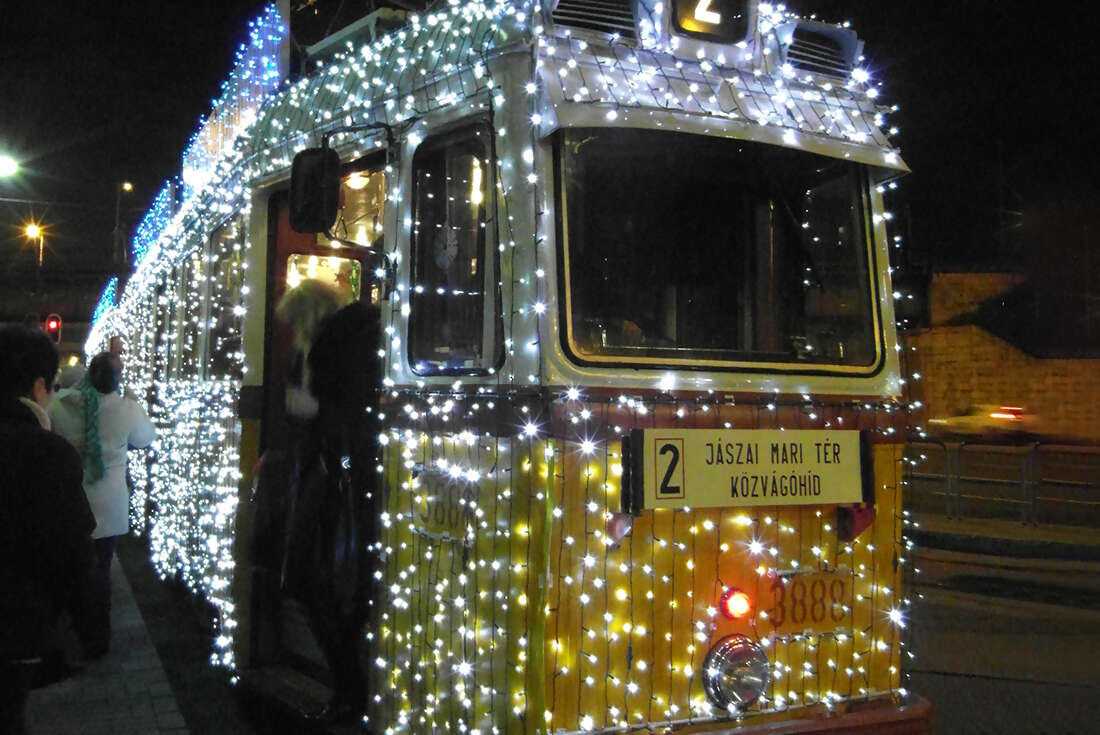 Uncover the cultural riches and historical intrigues of four fascinating countries on a journey across northern Poland and the Baltic states. Beginning the adventure in Poland's premier seaside hub of Gdansk, learn of the city's former shipbuilding industry and military significance during a boat ride out through Westerplatte and into the Gulf of Gdansk. See the summer capitol of Poland, Gizycko, and explore nearby famous lakes. Visit a major military headquarters used during fighting for the Eastern Front. Crossing into Lithuania, spend an afternoon exploring Vilnius' old town (and kooky breakaway republic), then finish things up becoming acquainted with the lively and picturesque capitals of Latvia and Estonia, Riga and Tallinn. Encompassing both historical attractions and outings for the active, a bit of Europe both old and new, this is the trip for travellers wanting to check out a side of Europe often overlooked.
Uncover the cultural riches and historical intrigues of four fascinating countries on a journey across northern Poland and the Baltic states. Beginning the adventure in Poland's premier seaside hub of Gdansk, learn of the city's former shipbuilding industry and military significance during a boat ride out through Westerplatte and into the Gulf of Gdansk. See the summer capitol of Poland, Gizycko, and explore nearby famous lakes. Visit a major military headquarters used during fighting for the Eastern Front. Crossing into Lithuania, spend an afternoon exploring Vilnius' old town (and kooky breakaway republic), then finish things up becoming acquainted with the lively and picturesque capitals of Latvia and Estonia, Riga and Tallinn. Encompassing both historical attractions and outings for the active, a bit of Europe both old and new, this is the trip for travellers wanting to check out a side of Europe often overlooked.Highlights
Explore Gdańsk's old port and shipbuilding yards during a boat cruise on the Baltic
Tour the remnants of Wolf’s Lair, an important military headquarters during the battle for the Eastern Front
Stalk along the ramparts of Malbork Castle; at one time in history the world's largest brick castle
Unearth historical Vilnius on a guided tour of its cathedrals, churches and city square
Sample local delicacies in Riga, a city that rewards those who know its secrets
Enjoy a farmstay and home-cooked meal on Estonia's largest island, Saaremaa
With its perfectly preserved medieval wall and watchtowers, Tallinn's Old Town is a rewarding place to explore on foot






- You will visit the following places:
-

Gdansk
Gdańsk (Danzig in German) is a port city on the Baltic coast of Poland. Gdańsk is situated at the mouth of the Motlawa River, connected to the Leniwka, a branch in the delta of the nearby Vistula River, whose waterway system supplies 60% of the area of Poland and connects Gdańsk to the national capital in Warsaw. This gives the city a unique advantage as the focus of Poland's sea trade. Together with the nearby port of Gdynia, Gdańsk is also an important industrial centre. Historically an important seaport and shipbuilding centre, Gdańsk was a member of the Hanseatic League. At the center of its Main Town, reconstructed after WWII, are the colorful facades of the Long Market, now home to shops and restaurants.
-

Vilnius
Vilnius is the capital of Lithuania, and its largest city, with a population of 560,190 as of 2010. It is the seat of the Vilnius city municipality and of the Vilnius district municipality. It is also the capital of Vilnius County. Vilnius is a cosmopolitan city with diverse architecture. There are 65 churches in Vilnius. Aušros Vartai Street. The icon of The Virgin Mary, Mother of Mercy is venerated in a chapel at the medieval gate at the top of this street. Like most medieval towns, Vilnius was developed around its Town Hall. The main artery, Pilies Street, links the Royal Palace with Town Hall. Other streets meander through the palaces of feudal lords and landlords, churches, shops and craftsmen's workrooms.
-

Riga
Riga is the capital and largest city of Latvia, a major industrial, commercial, cultural and financial centre of the Baltics, and an important seaport, situated on the mouth of the Daugava. With 706,413 inhabitants (2010) it is the largest city of the Baltic states. Riga's territory covers 18.60 square miles and lies between 1 and 10 metres (3.3 and 33 ft) above sea level, on a flat and sandy plain. Riga's historical centre has been declared a UNESCO World Heritage Site, and the city is particularly notable for its extensive Jugendstil (German Art Nouveau) architecture, which UNESCO considers to be unparalleled anywhere in the world.
-

Tallinn
Tallinn is the capital and largest city of Estonia. It occupies an area of 159.2 km2 (61.5 sq mi) with a population of 412,144. It is situated on the northern coast of the country, on the banks of the Gulf of Finland, 80 km (50 mi) south of Helsinki, east of Stockholm and west of Saint Petersburg. Tallinn's Old Town is in the list of UNESCO World Heritage Sites. Tallinn is ranked as a global city and has been listed among the top 10 digital cities in the world. Tallinn is a European Capital of Culture for 2011, along with Turku, Finland.